Ручные клапаны | Ручное управление потоком воздуха для прямой и надежной работы. Ознакомьтесь с нашим ассортиментом ручных клапанов, включая рычажные, кнопочные и тумблерные типы. Не требуя внешнего питания, они управляют направлением воздушного потока посредством прямого воздействия человека, что делает их идеальным выбором для настройки оборудования, аварийных остановок и простых пневматических схем, предлагая наиболее интуитивный и надежный метод управления. Выберите подходящий ручной клапан для вашей задачи прямо сейчас.
Нужна продукция для вашего проекта?
Мы понимаем, что поиск поставщиков может быть непростой задачей.
Заполните форму, указав конкретные позиции - не стесняйтесь указывать даже уникальные или труднодоступные компоненты, - отправьте запрос и получите именно те решения, которые вы ищете! Забудьте о типовых предложениях; мы специализируемся на том, чтобы понять ваши точные потребности и предоставить результаты, которые подходят как перчатка
Наш ассортимент ручных клапанов обеспечивает прямое и надежное управление пневматическими системами. Созданные для простоты, долговечности и точного управления, эти клапаны незаменимы для приложений, требующих вмешательства оператора, настройки системы, изоляции или защитной блокировки.
Обеспечивает немедленную тактильную обратную связь и четкую визуальную индикацию состояния клапана для уверенного ручного управления.
Они рассчитаны на длительный срок службы и не требуют электропитания, что делает их идеальными для использования в различных условиях и критически важных приложениях.
Подходят для изоляции системы, ручного управления, контроля направления потока и простого включения/выключения в различных пневматических контурах.

Прочные ручные рычажные клапаны, обеспечивающие надежное управление направлением для пневматических приводов. Доступны в различных конфигурациях и положениях порта.

Универсальные ручные регулирующие клапаны, включая ручные золотниковые клапаны (HV) и поворотные ручные клапаны (K34), для простого включения/выключения или управления направлением.

Компактные и прочные ручные рычажные клапаны, обеспечивающие точное ручное управление для различных пневматических систем, просты в эксплуатации.

Ручные запорные клапаны с возможностью блокировки, предназначенные для безопасной изоляции и сброса давления воздуха в нисходящем потоке во время технического обслуживания (LOTO).
Рукоятки, рычаги и кнопки разработаны для удобного захвата и легкого управления, что снижает утомляемость оператора.
Многие модели оснащены визуальными подсказками или фиксаторами, которые четко указывают на текущее положение клапана (открыт, закрыт или определенный путь).
Изготовлены из высококачественных металлов или разработанных полимеров для обеспечения превосходной долговечности и устойчивости к промышленным условиям.
Такие опции, как блокируемые рукоятки (например, серия VHS) или защищенные приводы, предотвращают непреднамеренные действия и повышают безопасность на рабочем месте.
Например, 2/2, 3/2, 4/2, 5/2, 5/3; количество устойчивых позиций (2 или 3).
Ручной рычаг, кнопка, поворотная ручка, ручной ползунок, ножная педаль.
Например, M5, G1/8″, G1/4″, G3/8″, G1/2″, NPT.
Максимальное рабочее давление, на которое рассчитан клапан.
Указывает на способность клапана пропускать воздух.
Пружинный возврат (кратковременный) или фиксация (постоянное положение).
Например, алюминиевый сплав, латунный корпус; уплотнения NBR, Viton.
Крепление на панель, монтажные отверстия в корпусе и т. д.
Подробные параметры см. в руководствах к отдельным изделиям или проконсультируйтесь с нашими техническими специалистами.
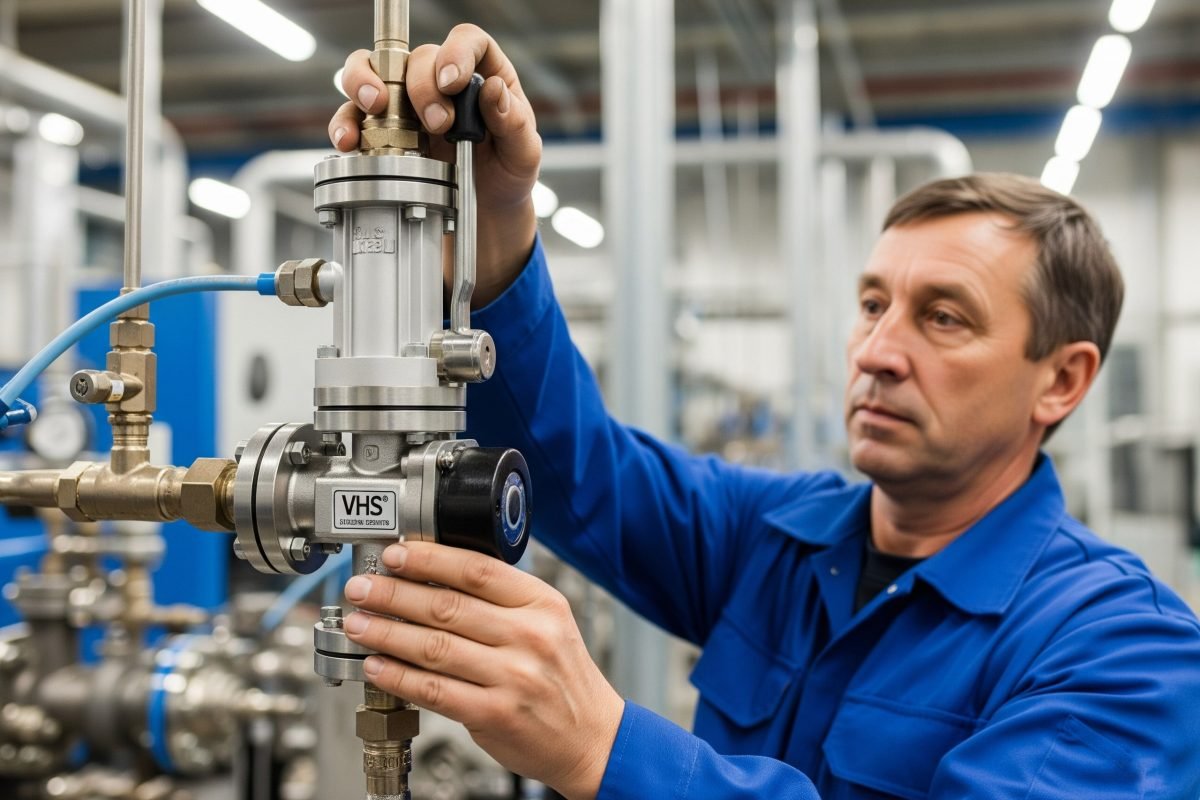
Ручная изоляция участков пневматической цепи для технического обслуживания, ремонта или настройки (например, блокировочные клапаны серии VHS).
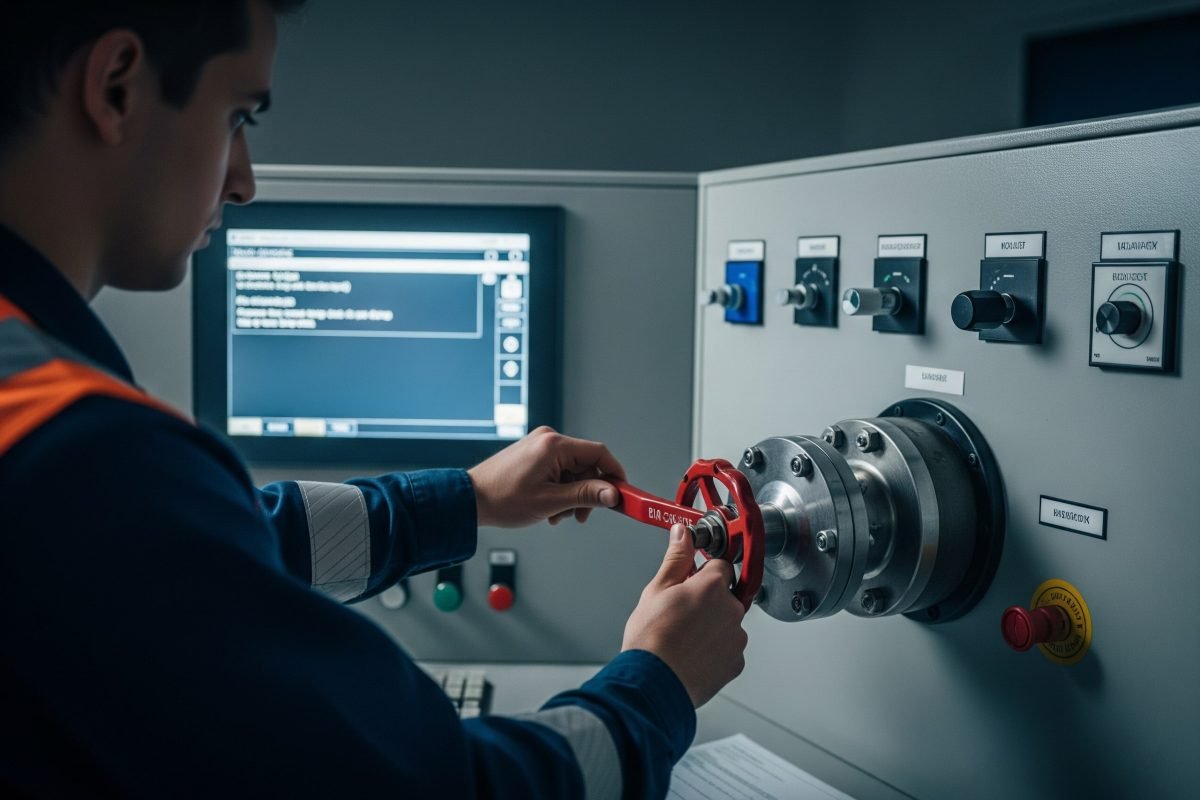
Обеспечение ручного способа управления автоматизированной системой или компонентом в случае отключения питания или для тестирования.
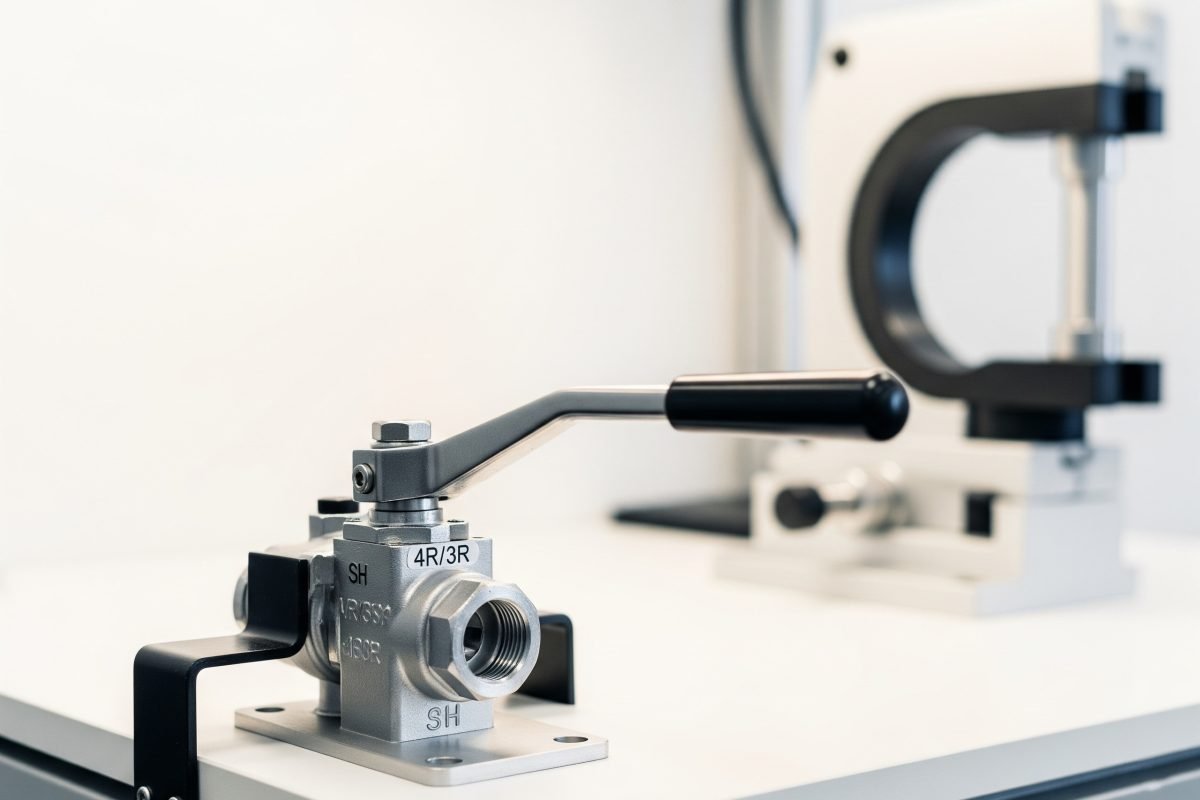
Для прямого управления пневматическими инструментами, зажимами, прессами и другими устройствами (например, ручными рычажными клапанами серии 4R/3R, SH).

Ручное управление подачей воздуха для тестирования пневматических компонентов или работы приспособлений.
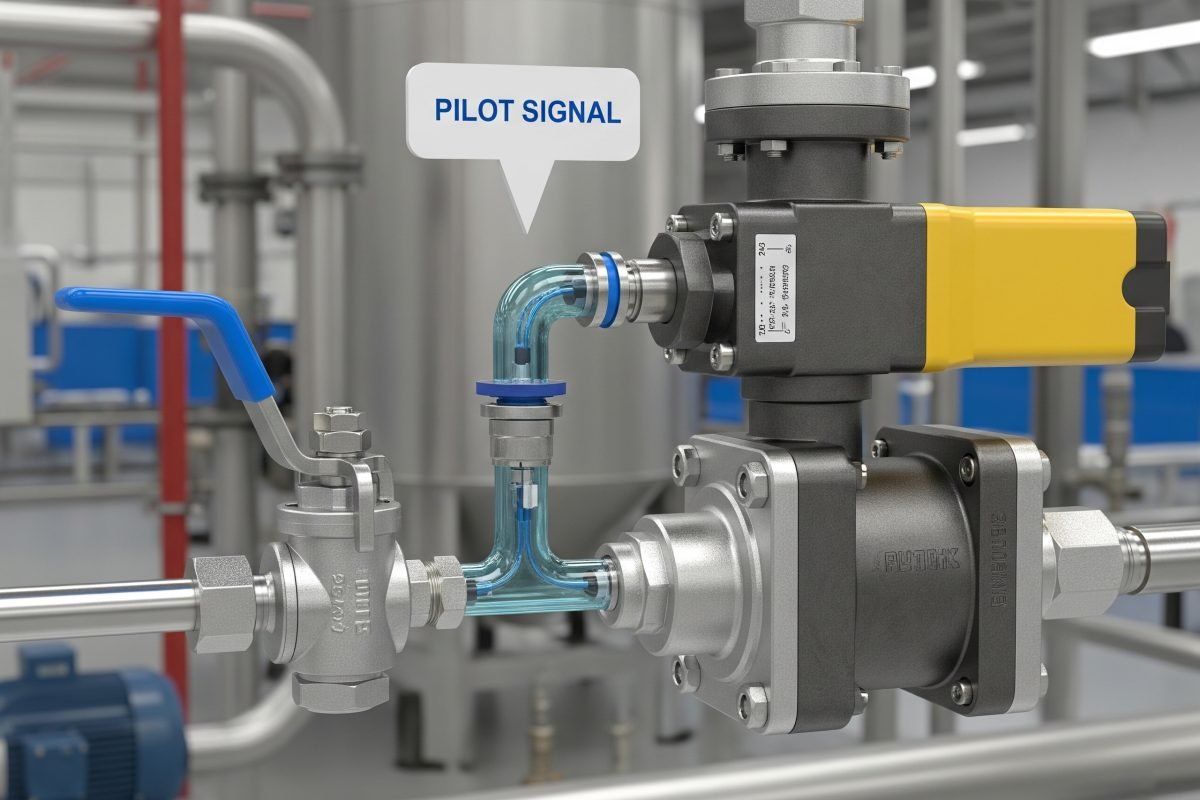
Ручное инициирование пневматического сигнала для приведения в действие больших клапанов с пневматическим приводом в последовательности управления.
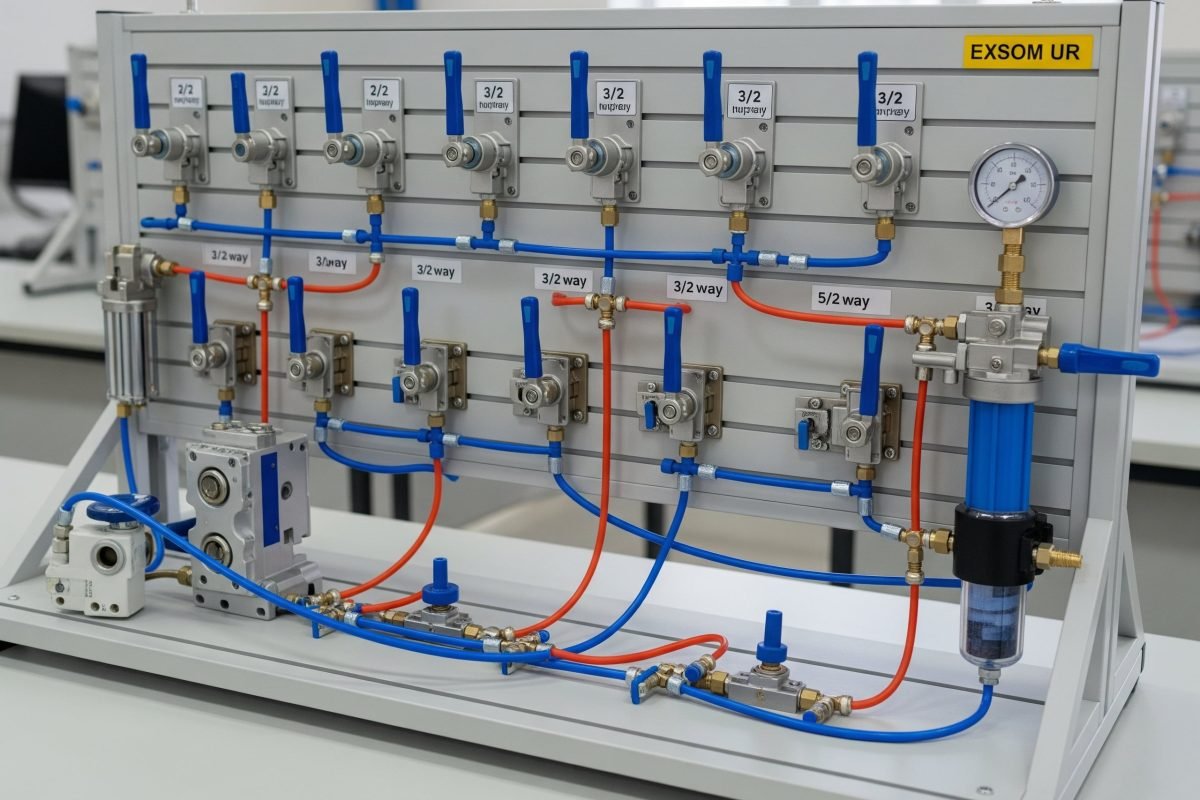
Идеально подходит для демонстрации основных принципов работы пневматики и построения простых схем управления.
Перед установкой или обслуживанием ручных клапанов всегда снимайте давление в системе.
Ручные клапаны предпочтительны в ситуациях, требующих:
Эти термины означают количество портов и путей потока:
Выбор правильного размера порта имеет решающее значение для обеспечения достаточного потока воздуха к пневматическому устройству. Рассмотрим:
В технических описаниях изделий указаны доступные размеры портов (например, G1/4, G1/2) и соответствующие данные о расходе.
Предохранительные блокировочные клапаны, такие как наши клапаны серии VHS, являются важнейшим компонентом безопасности, используемым в пневматических системах. Его основное назначение - отсоедините участок пневматической системы от системы подачи воздуха и сбросьте давление воздуха в нижней части системы. Это гарантирует, что машины или оборудование будут обесточены и не смогут неожиданно включиться во время технического обслуживания, ремонта или очистки.
Ключевые особенности и сферы применения включают:
Ручные клапаны, как правило, надежны и требуют минимального обслуживания, особенно при использовании чистого, сухого воздуха. Однако некоторые периодические проверки могут обеспечить долгий срок службы:
Если клапаном трудно управлять или он постоянно протекает, это может указывать на износ или загрязнение внутреннего уплотнения, и может потребоваться его обслуживание или замена.
Для прямого и надежного пневматического управления, на которое вы можете рассчитывать, изучите наш ассортимент ручных клапанов, включая специализированные варианты с ручным рычагом, кнопкой и защитной блокировкой. Найдите идеальный клапан для вашего применения или обратитесь к нашим специалистам за индивидуальной консультацией.
